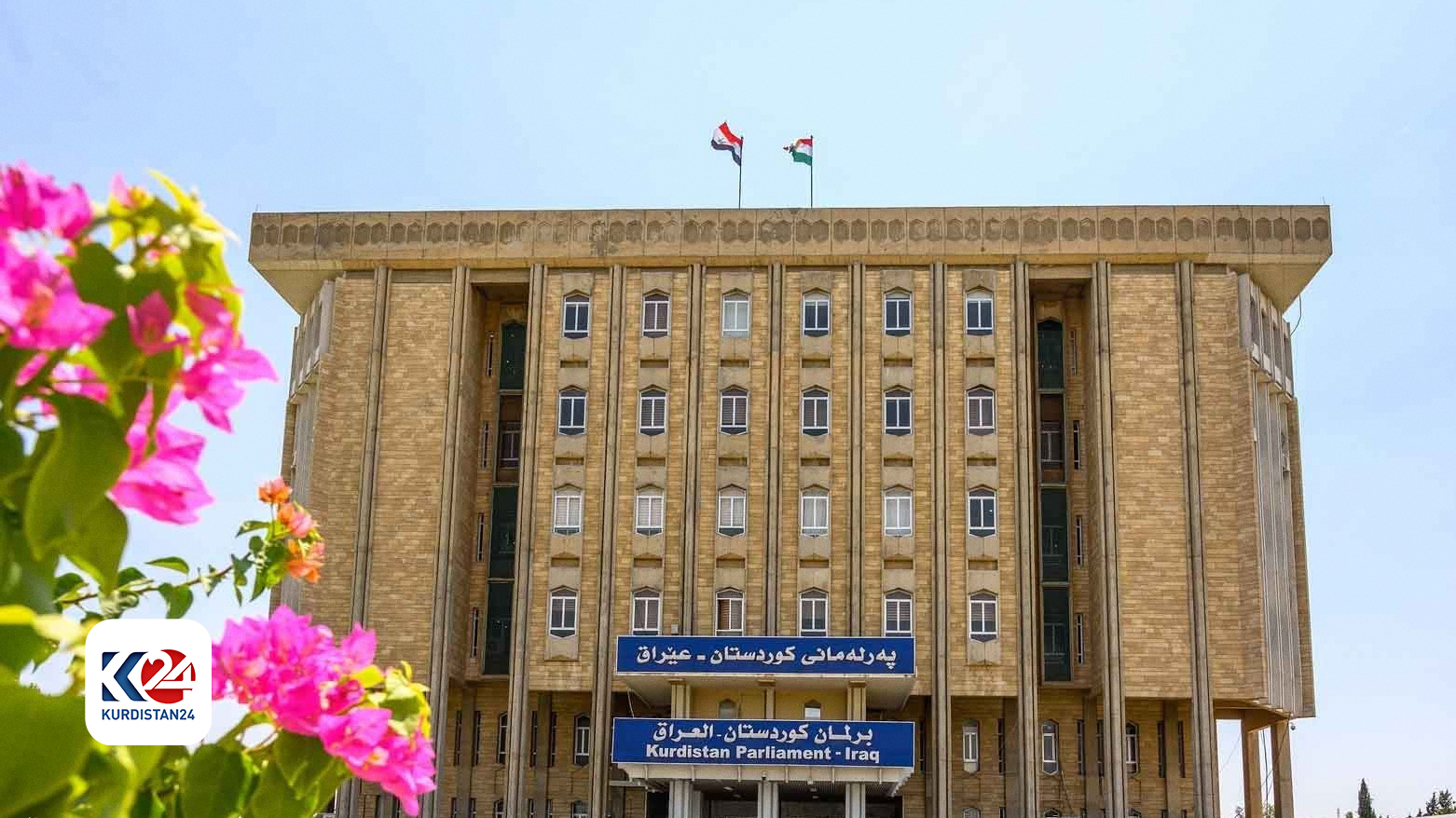Votes, parliamentary seats, candidates, lists
When sorting the votes, after the ballot boxes are closed, the commission counts the number of the valid and none-troubled votes given to the lists as the criterion, i.e. invalid votes are excluded, but in general invalid votes are not so large in the general elections.

ERBIL, Kurdistan Region (Kurdistan 24) – In Kurdistan Region, only %76 of eligible to vote have renewed their biometric cards and collected their electronic-to-vote-cards, i.e. %24 the eligible to vote, are directly outside the process.
The total number of who are eligible to vote are estimated to be more than 2 million and 899 thousand people.
That volume will be the main criterion for determining the turnout, and the number of participants in the voting process will be the main criterion for determining the value of seats.
When sorting the votes, after the ballot boxes are closed, the commission counts the number of the valid and none-troubled votes given to the lists as the criterion, i.e. invalid votes are excluded, but in general invalid votes are not so large in the general elections.
If the turnout of the voters is less than half, for example, %40, the value of the seat in Kurdistan Region’s Parliament will drop to 12,200 votes. However, if the turnout is %50, the value will be more than 15,200 votes, yet the turnout to reach %60, the value of seats will go up to more than 18,000 votes.
Citizens’ votes within any boundaries of any province considered as an independent constituency, it can change the value of seats in that province.
For example, if the turnout in a particular province such as Duhok is higher than any other provinces, the value of seats in that province will be higher than the value of seats in the other provinces.
Similarly, the number of voters is divided into seats and the results are obtained, if the turnout in Duhok reaches %65, the value of each seat in the province will be about 18 thousand 500 votes, but this value only applies to the Duhok constituency and each other constituency according to the level of the turnout and number of seats.
There is a difference between candidates who are in the political parties’ lists from the independent candidates, if all the candidates receive the value of a seat in a specific list, someone will be elected.
For example, a certain list with all the candidates receives 20,000 votes, and the value of seat is 18,000 votes, the candidate who received the majority of votes in the list will be given that seat.
The situation is quite different with the independent candidates, whatever the value of the seat is, the independent candidates must win that vote volume. So if a seat is worth 18000 votes, an independent candidate must win 18.000 votes to gain the seat.